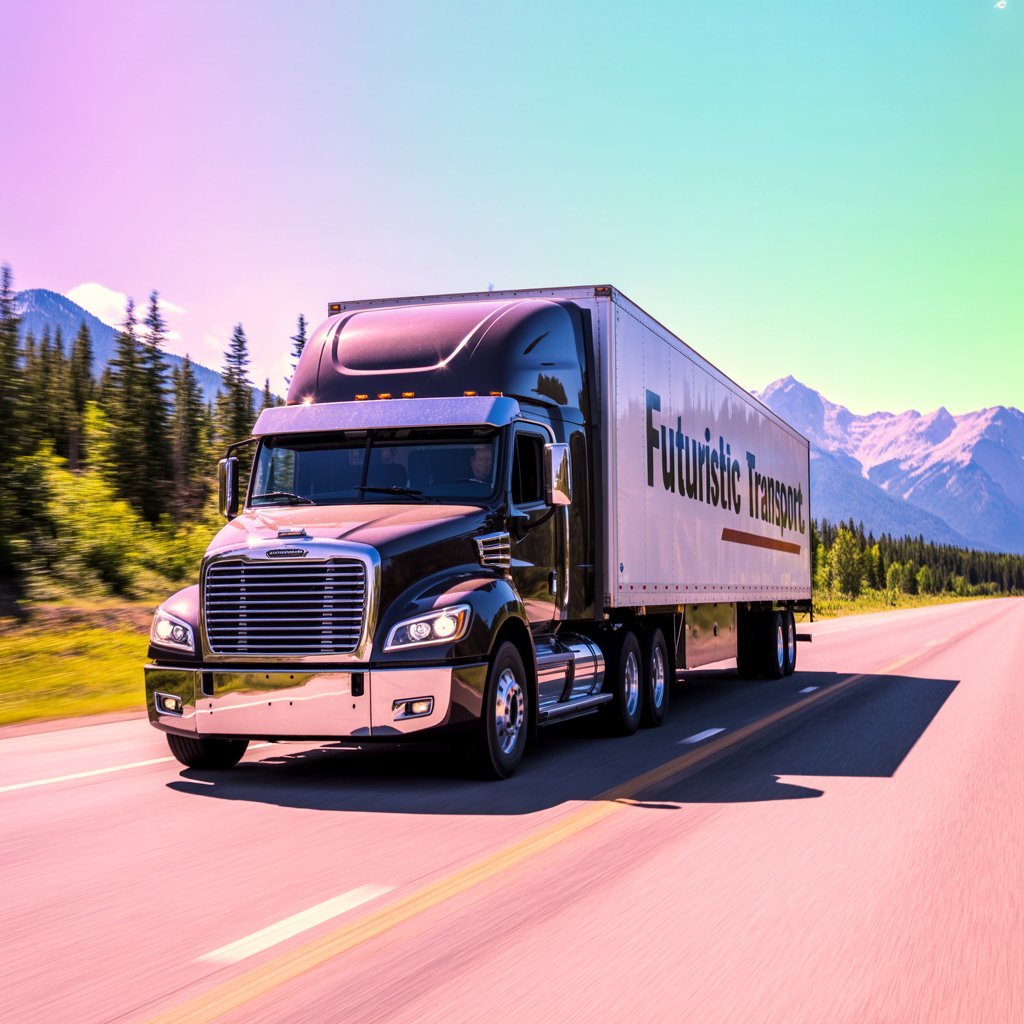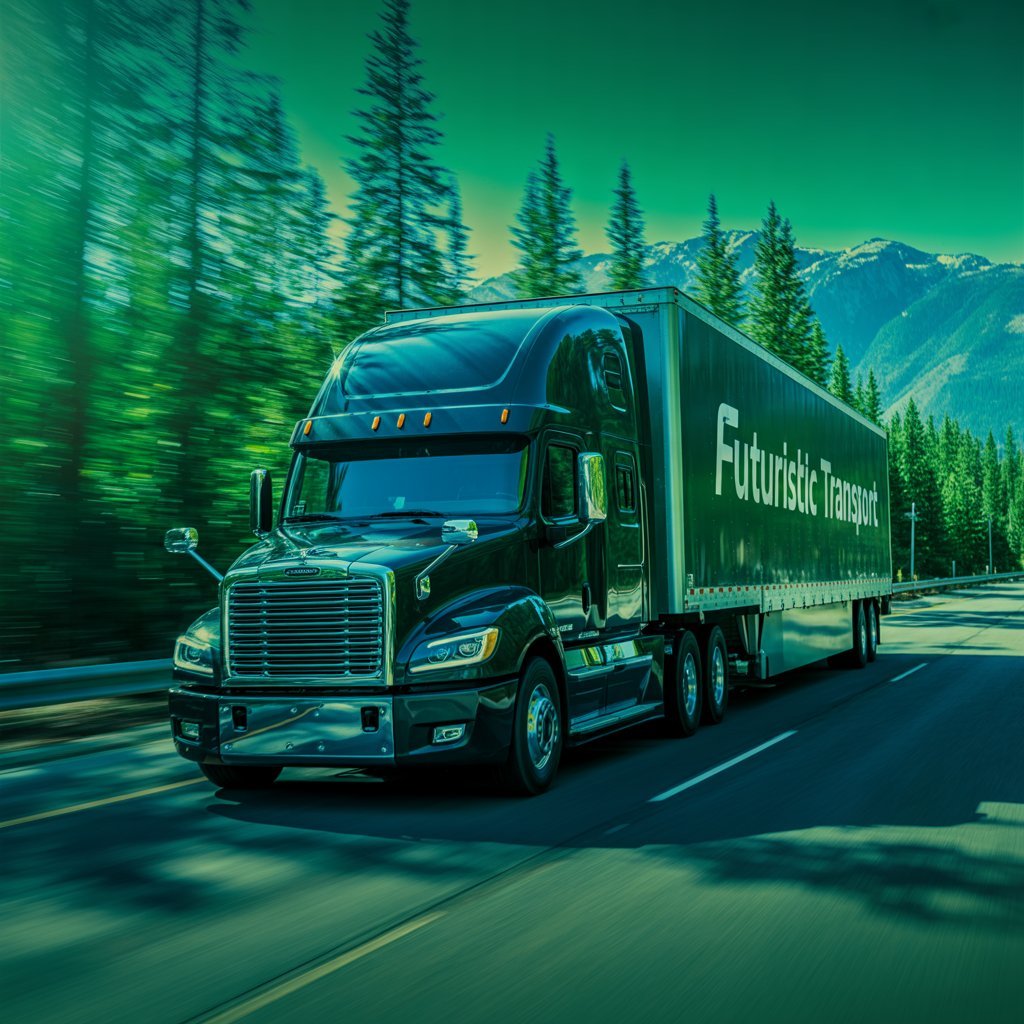How Technology Is Transforming the Logistics Industry
The logistics industry is experiencing a technological revolution—one that’s changing how goods are moved, tracked, stored, and delivered. From AI-driven route optimization to real-time cargo tracking and digital freight marketplaces, technology is streamlining operations and driving better service, safety, and savings. Whether you’re a business looking to optimize your supply chain or a logistics provider aiming to stay competitive, understanding these innovations is key to future growth. 1. Real-Time Tracking & GPS Monitoring One of the most visible and impactful changes in logistics is the ability to track shipments in real time. Using GPS and telematics, logistics companies can now offer: Live location updates Estimated time of arrival (ETA) Route progress and delays Geofencing notifications For customers, this means greater transparency and trust. For carriers, it enables better fleet management and fewer missed deliveries. 2. Artificial Intelligence (AI) and Machine Learning AI is helping logistics companies automate decision-making and improve operations. Here’s how: Route Optimization: AI can analyze traffic, weather, and delivery windows to calculate the most efficient delivery route. Predictive Analytics: Machine learning forecasts demand, delays, and maintenance needs before problems occur. Automated Warehousing: AI-controlled robots pick, pack, and sort items faster and with fewer errors. By processing massive data sets, AI ensures logistics providers stay one step ahead in a fast-moving environment. 3. Internet of Things (IoT) The Internet of Things (IoT) is a network of connected devices that transmit data in real time. In logistics, this means: Temperature sensors in reefer containers to ensure cold chain compliance Shock and tilt monitors to detect cargo damage Smart pallets and RFID tags to automate inventory and reduce losses IoT devices enhance visibility, especially for sensitive or high-value shipments, by offering live data on location, temperature, humidity, and condition. 4. Transportation Management Systems (TMS) A Transportation Management System is software that helps plan, execute, and optimize the movement of goods. TMS platforms can: Automate carrier selection and load tendering Offer digital documentation (bills of lading, PODs) Calculate cost-per-mile or per-load Integrate with other systems (ERP, CRM) TMS platforms simplify complex logistics workflows, reduce manual errors, and provide powerful reporting tools to improve decision-making.




